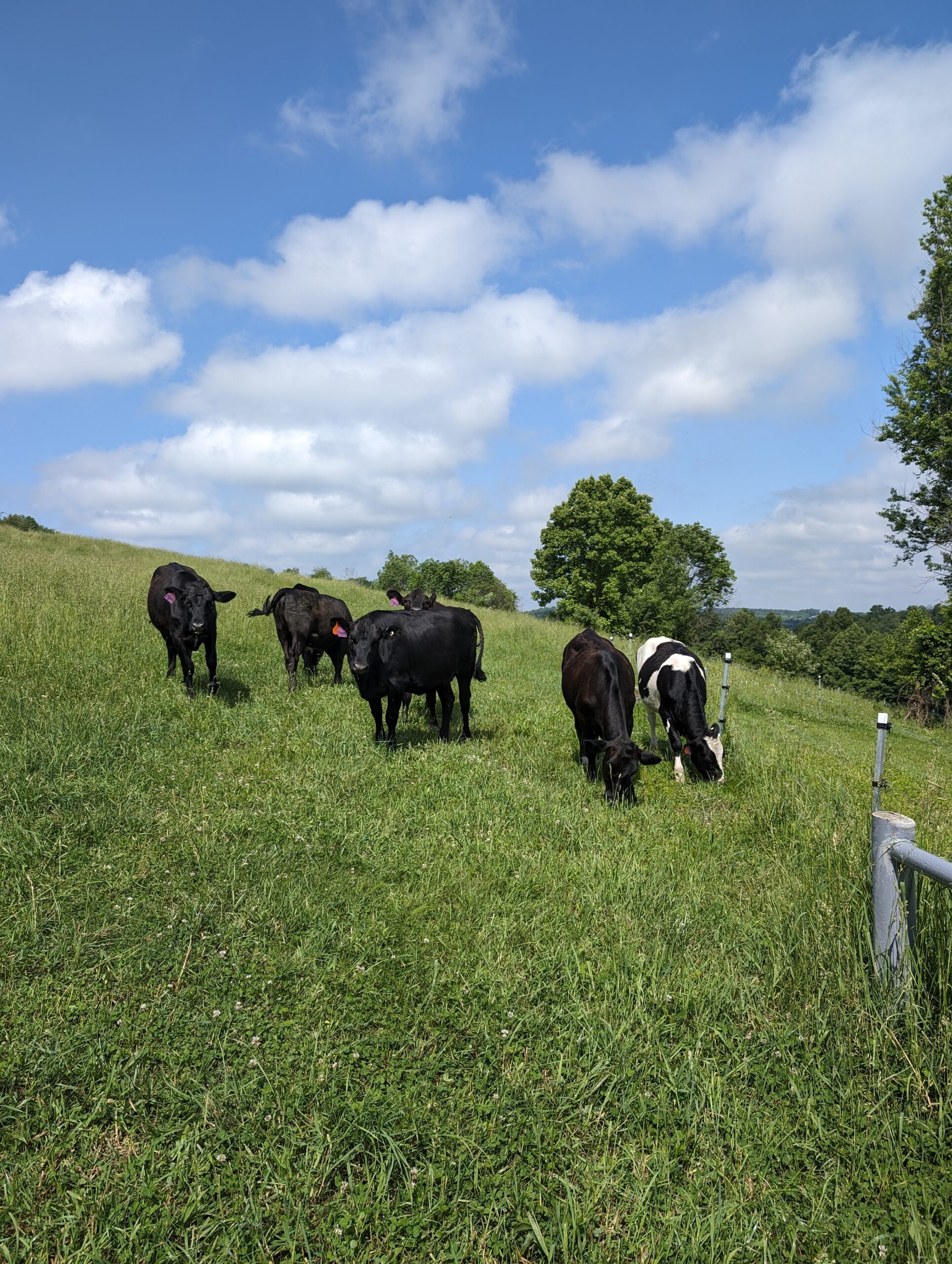Raising cattle can be a rewarding endeavor, especially when you take the time to nurture and train them to be friendly and well-behaved. At Stella Manor, my approach to raising friendly cattle starts from the moment they arrive as bottle calves. Here’s a glimpse into my process and the steps I’ve taken to ensure my cattle are not only healthy but also enjoy human interaction.

Early Beginnings: The Importance of Daily Interaction
When I first bring home bottle calves, I make it a priority to spend quality time with each one. After feeding them, I dedicate 5-10 minutes per head every day to interact with them while they are calm. This initial bonding period is crucial as it helps the calves get accustomed to human presence and start to see me as a source of comfort and care.

The One-Month Mark: Introducing Halter Training
At around one month old, I begin halter training the calves. This is a gradual process where the calves learn to walk with a halter and become comfortable with it. Alongside halter training, I also make sure they get used to being touched on their hooves, legs, stomach, and head. Initially, some calves might kick or show resistance, but with patience and consistency, they soon become accustomed to the handling.

Consistency is Key: Overcoming Initial Resistance
The initial resistance, especially kicking, can be a common challenge. However, persistence pays off. By maintaining a calm and gentle approach, the calves gradually learn to trust me and become more relaxed during handling sessions. Within a few weeks, the kicking behavior typically diminishes, and the calves start to enjoy the attention and care they receive.
Six-Month Mark: A Well-Behaved Herd
By the time the calves reach six months old, they are well-behaved and accustomed to regular human interaction. At this stage, I begin to reduce the frequency of daily handling as they spend more time on pasture. However, I still make it a point to handle them once a week. This weekly interaction not only maintains their friendly demeanor but also ensures they continue to crave and enjoy human attention.

The Reward of a Friendly Herd
The effort and time invested in raising friendly cattle are immensely rewarding. A well-behaved herd is easier to manage, and the bond formed with the animals adds a personal touch to the farming experience. The cattle at Stella Manor are a testament to the benefits of early and consistent training, and they serve as a reminder that a little daily attention can go a long way in creating a harmonious and friendly herd.
Raising cattle to be friendly is a journey that requires patience, consistency, and a genuine love for the animals. By starting early and maintaining regular interactions, you can nurture a herd that is not only well-behaved but also thrives on the attention and care you provide.
For more insights into our farming practices and to follow our journey, stay tuned to the Stella Manor blog.

